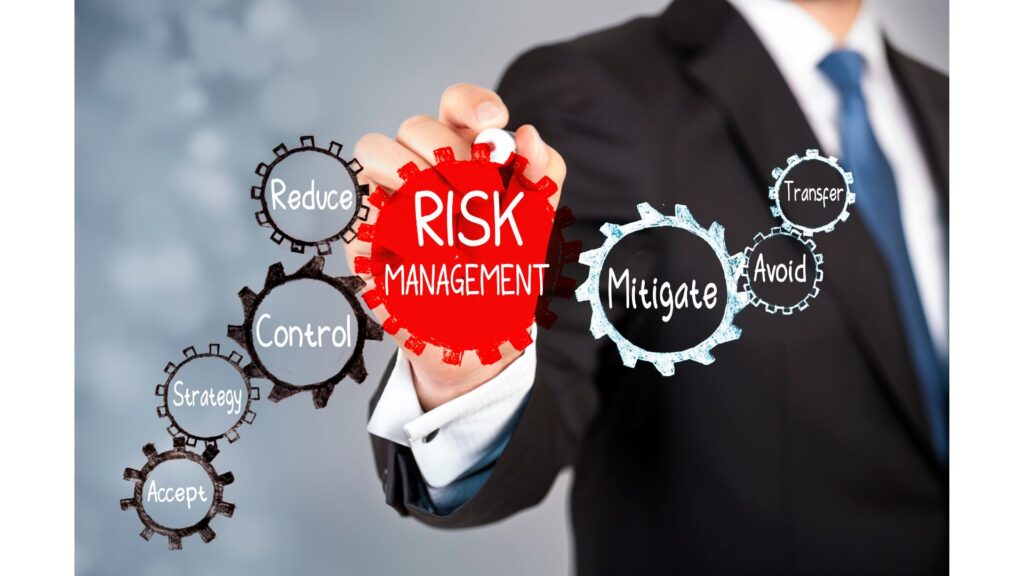Understanding Currency Market Volatility
Currency markets are known for their dynamic and unpredictable nature, with exchange rates fluctuating constantly in response to various economic, political, and global events. Such volatility can present both opportunities and challenges for investors and traders. To navigate these turbulent waters successfully, a robust risk management strategy is essential. In this context, the integration of quantitative analysis can play a pivotal role in mitigating the impact of currency market volatility.
Quantitative Analysis An Introduction
Quantitative analysis is a data-driven approach that relies on mathematical and statistical models to process vast amounts of historical and real-time data. By utilizing sophisticated algorithms and computer-based techniques, this analytical method aims to identify patterns, trends, and relationships in financial markets. In the context of risk management, quantitative analysis provides valuable insights into market behavior and helps in making informed decisions to minimize potential losses.
The Importance of Risk Management in Currency Trading

Currency trading, also known as forex trading, involves buying and selling different currencies in the foreign exchange market. Due to the ever-changing nature of global economies and geopolitical events, forex trading carries inherent risks. Volatility can lead to rapid price fluctuations, exposing traders to substantial losses if proper risk management measures are not in place. Therefore, effective risk management is crucial to preserve capital and ensure long-term success in currency trading.
Leveraging Quantitative Analysis for Risk Identification
One of the key advantages of quantitative analysis is its ability to identify and assess risks in currency markets. By analyzing historical price movements and market data, quantitative models can pinpoint potential areas of vulnerability. These models can help in understanding the impact of specific events on currency pairs and identify correlations between different assets. Armed with this knowledge, investors can adjust their positions and create strategies to protect against adverse market movements.
Real-Time Risk Monitoring and Decision Making
In today’s fast-paced financial landscape, timely decision-making is critical. Quantitative analysis enables real-time risk monitoring by continuously processing up-to-date market data. This dynamic approach empowers investors to adapt swiftly to changing market conditions and implement risk management measures as needed. By having access to the most recent data and insights, traders can make more accurate judgments, reducing exposure to potential risks.
Diversification and Quantitative Analysis
Diversification is a fundamental principle of risk management, aimed at spreading investments across different assets to mitigate potential losses. Quantitative analysis can play a significant role in identifying uncorrelated assets or currency pairs, allowing investors to build a diversified portfolio that is less susceptible to the impact of individual market movements. By strategically allocating assets based on quantitative insights, investors can achieve a balance between risk and return.
Stress Testing and Scenario Analysis
Stress testing and scenario analysis are crucial tools in risk management, allowing investors to evaluate the impact of extreme market conditions on their portfolios. Quantitative analysis facilitates these assessments by simulating various scenarios and their potential effects on investments. By stress-testing their portfolios, investors can proactively identify vulnerabilities and fine-tune their risk management strategies to withstand adverse market conditions.
The Synergy of Risk Management and Quantitative Analysis
In the realm of currency trading, managing volatility and minimizing risks are paramount to achieving long-term success. The integration of quantitative analysis in risk management empowers investors and traders to navigate the challenging currency markets with greater confidence. By harnessing data-driven insights, identifying risks, and employing proactive strategies, Aledius and its clients can stay ahead of the curve and maximize opportunities while safeguarding their investments in the face of currency market volatility.
FAQ
Q1: What is the main focus of “Risk Management with Quantitative Analysis: Mitigating Currency Market Volatility”?
A1: The main focus of “Risk Management with Quantitative Analysis: Mitigating Currency Market Volatility” is to apply quantitative analysis techniques to mitigate risks associated with currency market volatility.
Q2: What are some common quantitative analysis techniques used in currency market risk management?
A2: Common quantitative analysis techniques used in currency market risk management include Value at Risk (VaR) modeling, Monte Carlo simulations, regression analysis, and historical data analysis.
Q3: How does quantitative analysis help in mitigating currency market volatility?
A3: Quantitative analysis helps in mitigating currency market volatility by providing a data-driven approach to assess potential risks, identify patterns, and develop risk management strategies based on statistical evidence.
Q4: What are the benefits of implementing risk management with quantitative analysis in currency trading?
A4: Implementing risk management with quantitative analysis in currency trading helps traders to better understand and quantify their exposure to currency fluctuations, enhance decision-making processes, and improve overall portfolio performance.
Q5: Is “Risk Management with Quantitative Analysis: Mitigating Currency Market Volatility” suitable for beginners in currency trading?
A5: While “Risk Management with Quantitative Analysis: Mitigating Currency Market Volatility” focuses on quantitative analysis techniques, it assumes a certain level of understanding in currency trading and risk management. It may be more suitable for intermediate to advanced traders with some prior knowledge of the subject. Beginners may benefit from building a foundational understanding of currency trading before delving into this specific topic.


